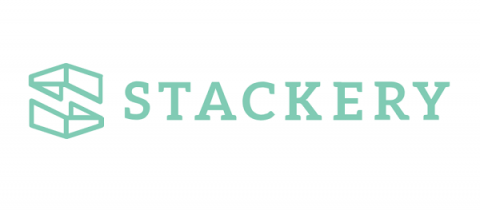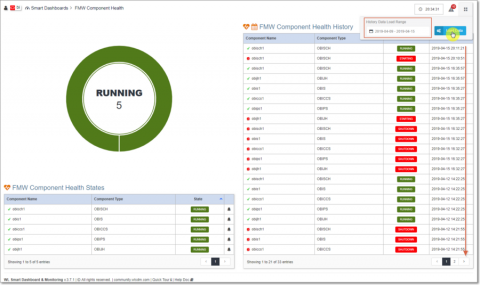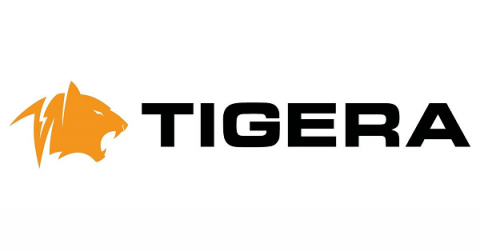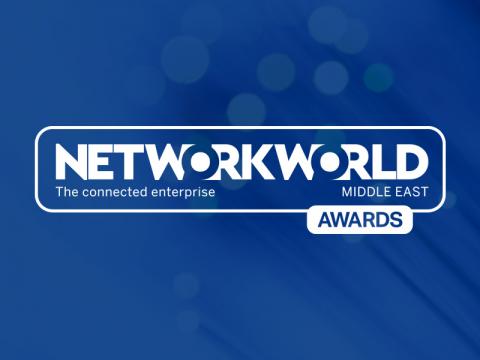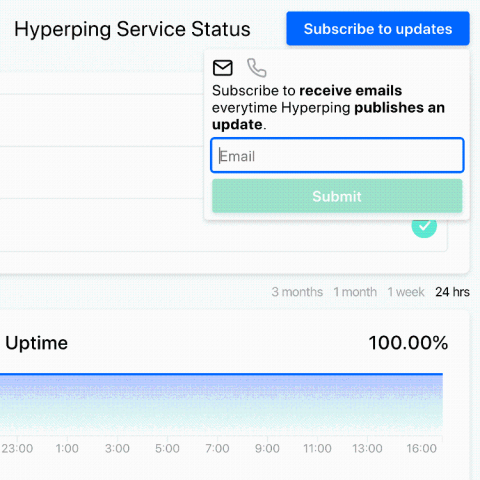Your Development Environment is Missing
It’s hard to believe, but 10 years ago AWS had only five products. Chief among them, of course, was EC2. Although it feels a little quaint now, back then EC2 was an incredible offering. Anyone could fire up a server in seconds, install some code, and transform that generic server into any service one could imagine.


